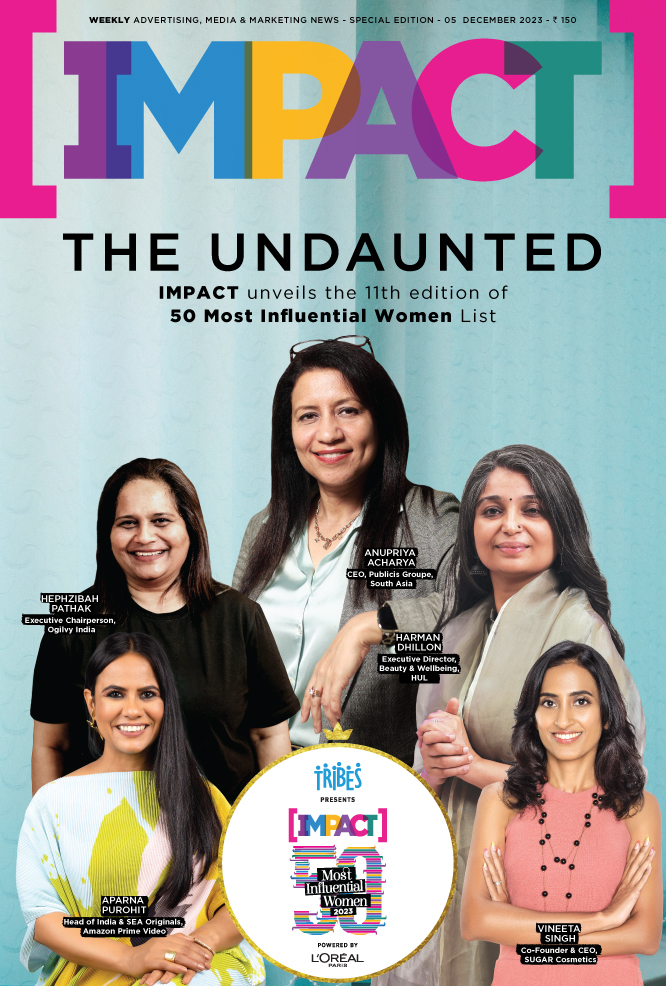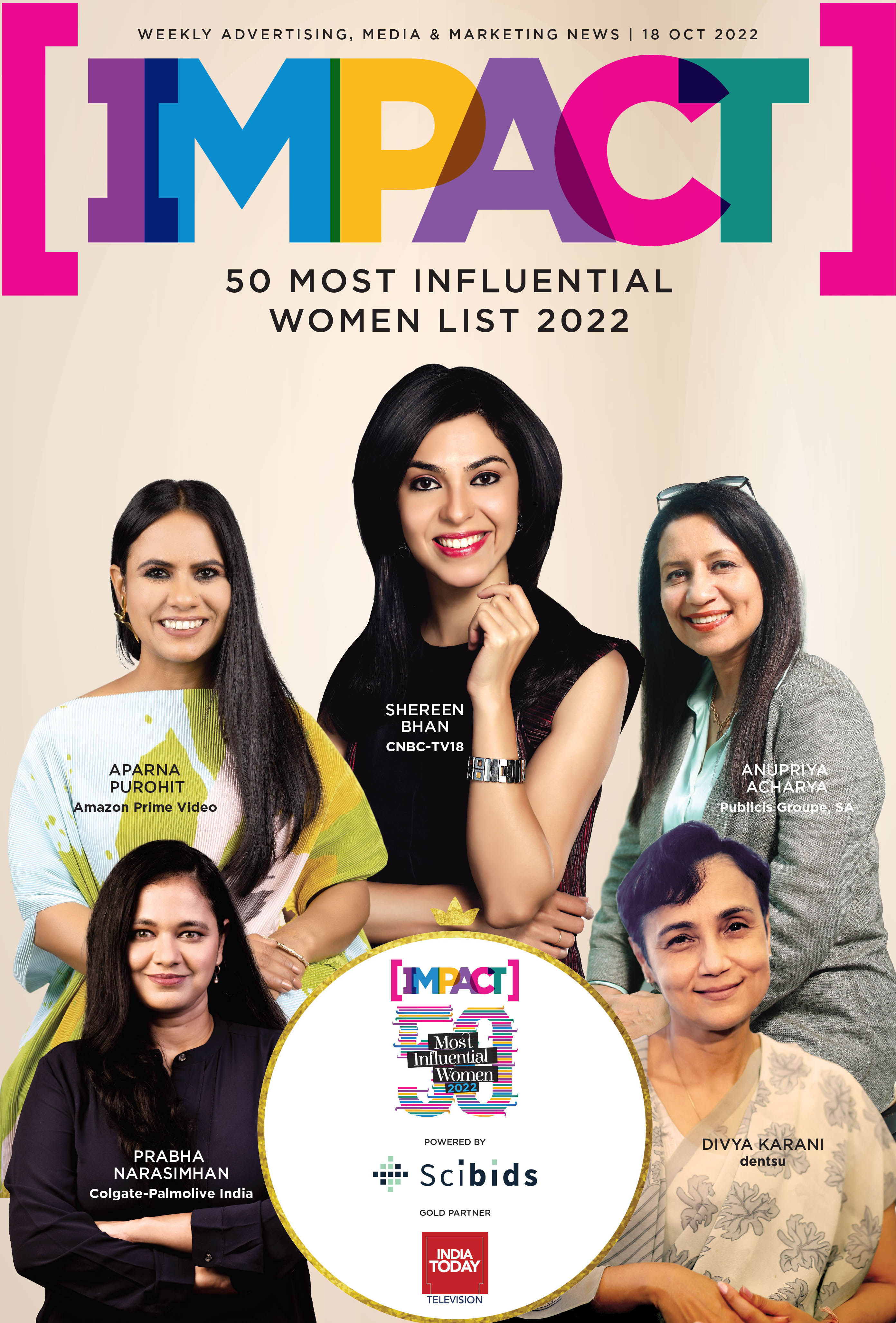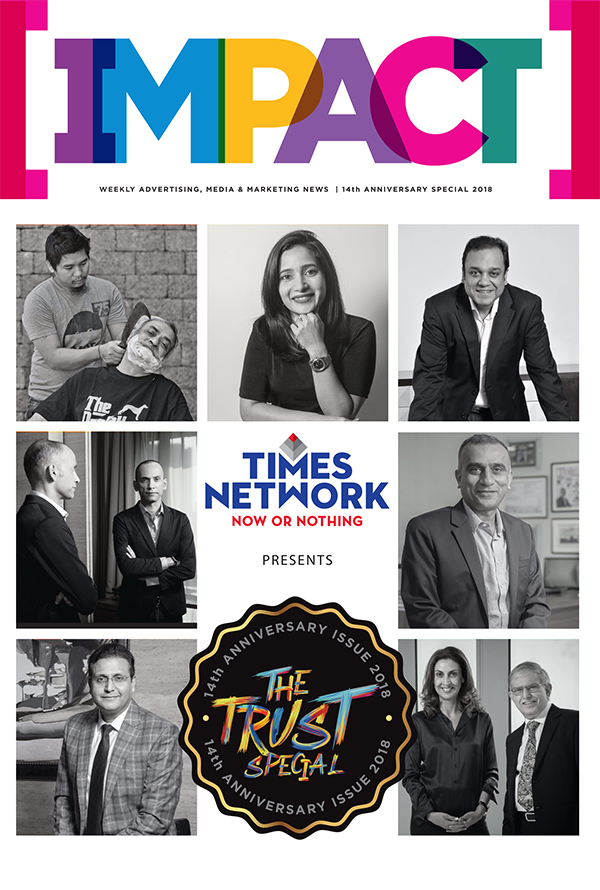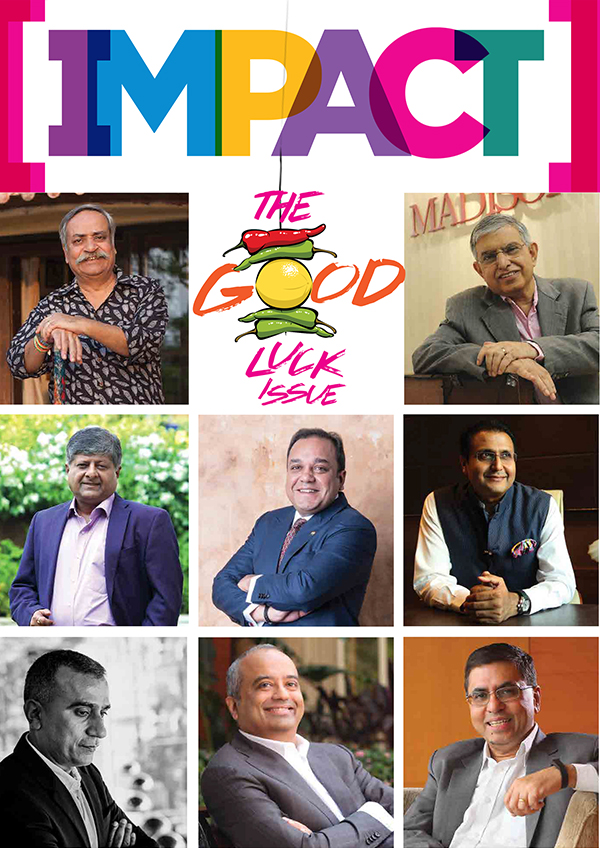There’s a quiet storm brewing in India’s media industry. A recent draft amendment notification from the Ministry of Information & Broadcasting proposes sweeping changes to the TRP policy that, if implemented, could reshape how India measures viewership.
At first glance, the proposal appears progressive by streamlining processes, reducing friction, and opening the door to competition. But beneath that intent lies a deeper risk: the potential collapse of trust in the very system meant to ensure accountability.
At the heart of the concern is the proposed deletion of Clauses 1.5 and 1.7 which are long-standing safeguards designed to prevent overlaps between rating agencies and commercial stakeholders. Clause 1.5 barred board-level participation by those with interests in broadcasting or advertising. Clause 1.7 prohibited cross-holdings of more than 10% between rating bodies and entities with a financial stake in outcomes. With these now removed, the possibility of broadcasters, advertisers, or even distribution platforms influencing or owning TRP agencies is not hypothetical but immediate and real.
This shift arrives at a time when trust in measurement is already precarious. Major digital platforms like Google and Meta operate within closed ecosystems, reporting metrics such as views, impressions, and reach without third-party verification. Crores are spent based on numbers no one audits. Definitions vary, standards are fluid, and there’s little transparency.
A significant signal of change has already emerged. JioHotstar’s partnership with Nielsen for IPL 2025 brought third-party measurement into OTT advertising. If this model expands across formats, it could quietly become the new standard the one that advertisers must accept, with little room for scrutiny.
Consider the implications if a media buying group controlling Rs. 20,000 crore in ad spends also owns the agency validating those spends. Who challenges the data? Without legal firewalls, the boundary between measurement and manipulation dissolves.
For over a decade, BARC has acted as India’s unified measurement system. With over 55,000 panel homes across urban and rural India, it built a shared framework for advertisers, broadcasters, and agencies. Imperfect though it may be, it has remained central to the Rs. 30,000 crore TV advertising economy. Weakening its independence doesn’t just impact the body itself, it risks shattering the collective accountability that underpins the system.
Some argue that deregulating the space could foster innovation and allow new players to emerge. That’s possible. But without clearly defined checks and balances, such disruption risks devolving into chaos. Multiple competing measurement agencies with overlapping ownerships won’t bring clarity but they’ll fragment credibility and erode trust.
Clause 1.4 still recommends avoiding conflicts of interest, but without enforceable restrictions on ownership or governance, this clause feels symbolic at best. A rule without enforcement is just good intention but easily overridden.
This moment could have served as an inflection point to reimagine BARC as a cross-platform measurement authority that includes both television and digital. A restructured BARC, autonomous and insulated from market interests, could become a benchmark not just for India but globally.
Many other markets have learned this lesson. In the U.S., the Media Rating Council exists solely to audit and accredit measurement providers. In the UK, BARB is governed by an industry consortium but outsources data collection to independent third-party research firms. Independence is not just ideal, it’s a requirement.
Back home, linear television is already under pressure. Younger audiences are migrating to OTT platforms and Ad budgets are following. If brands start distrusting TV ratings the way they already question digital metrics, investment will shift not because content failed, but because the measurement currency lost credibility.
Reform is necessary. But it must be rooted in clarity, transparency, and neutrality. We cannot afford to dismantle the few safeguards we still have without replacing them with stronger ones. Otherwise, we risk collapsing the very foundation on which India’s media economy has been built.
We don’t need more data. We need data we can trust.
(The views expressed are personal.)























